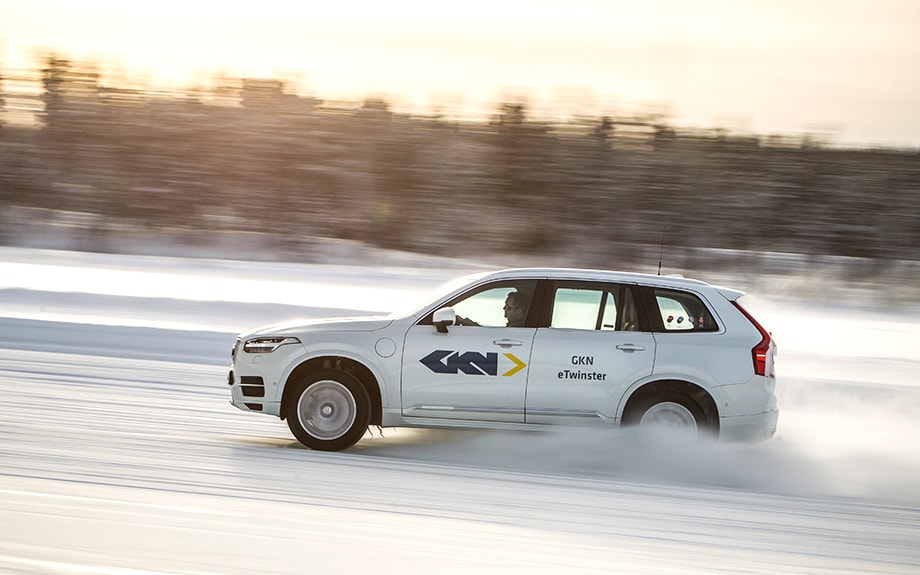As GKN Automotive’s Vice President of Advanced Engineering, Theo Gassmann has pioneered the development of key electric driveline technologies for the industry. Gassmann explains how new driveline modules are starting to change the perception of hybrids.
It takes time for the public to catch on when the car industry introduces a new technology. A little scepticism is healthy, but out-dated perceptions of a technology sometimes hang around longer than they should. Plug-in hybrids and eDrive technology are following a well-worn path.
When common rail technology was first introduced, a lot of drivers couldn’t picture themselves driving a diesel – “It might be efficient, but it’s no match for gasoline”. It was the same when downsizing and turbocharging first came in. “It might save fuel, but it’s no match for a V8 or a straight six.”
The industry is now in a similar position with plug-in hybrids. We have a new generation of eDrive technology that is day-and-night different to the hybrids of 10 years ago. The main difference is a change in the architecture. Old-fashioned hybrids tended to just add an electric motor to the main transmission. The main objection was that they were no match for a turbocharged engine.

Modern hybrids still have the turbocharged diesel or gasoline engine driving the vehicle’s primary axle. The electric drive is added directly to the other axle. The two power sources blend “through the road”, not through a lot of complex machinery.
The key breakthrough – hybrid’s equivalent of common rail technology – is the electric axle drive. Like modern turbocharged engines, this is really just helping a proven technology find its true purpose in life.
These eDrive modules are effectively a compact transmission that takes the electric motor torque, passes it through a single or multi-speed gear train and sends it to the drive shafts. The gears enable smaller electric motors to deliver more torque to the wheels.
Instead of compromising the transmission or the engine, this new generation of eDrives give the car an electric boost and an electric all-wheel drive system. High-performance cars like the BMW i8 and Porsche 918 Spyder have already changed many attitudes. And the way in which automakers BMW and Volvo are making plug-ins an integral part of their range are also helping to break down the barriers to adoption.

The key thing now is getting as many people as possible to experience the effect on the driving experience. Once they do, the technology will experience the same tipping point as other powertrain innovations because the result is not just more efficiency – normal cars are no longer a match for them.